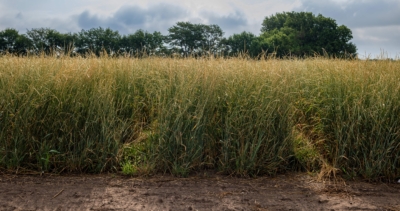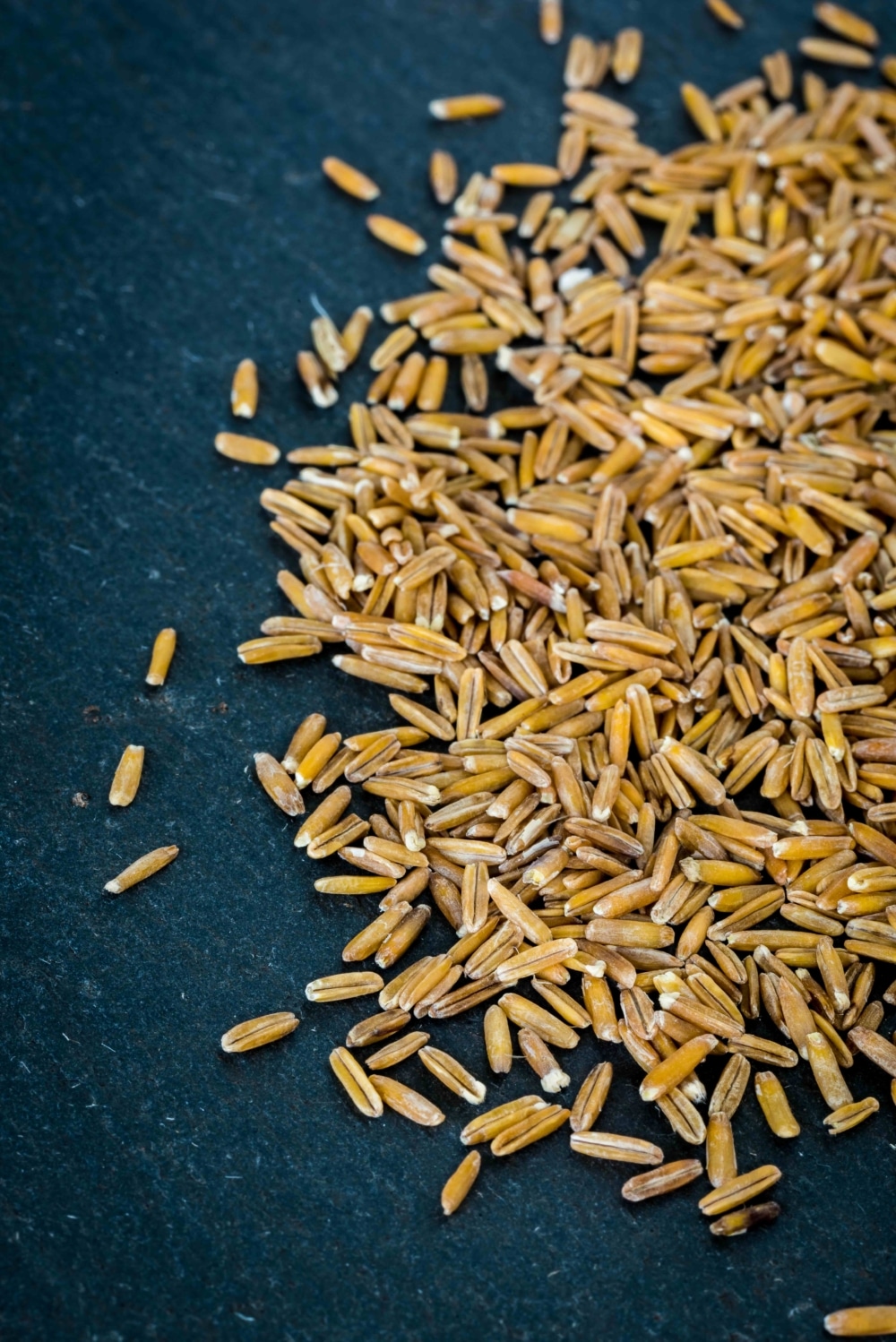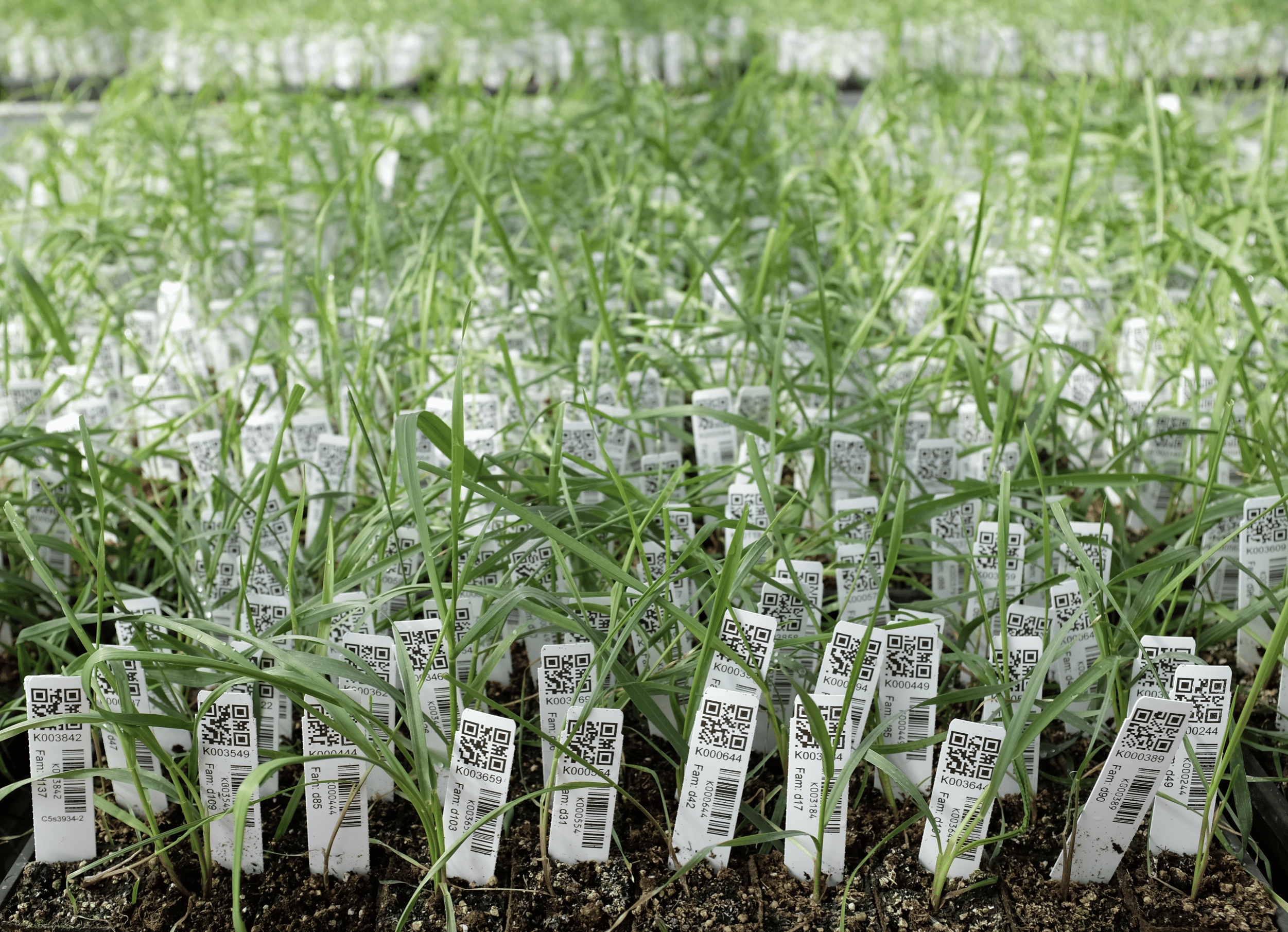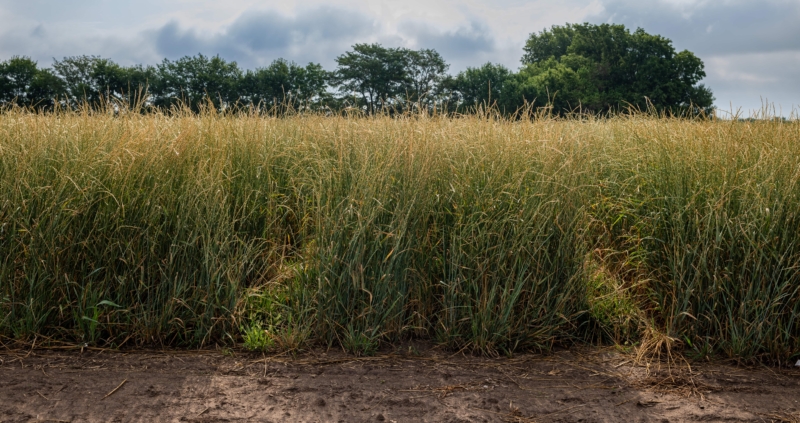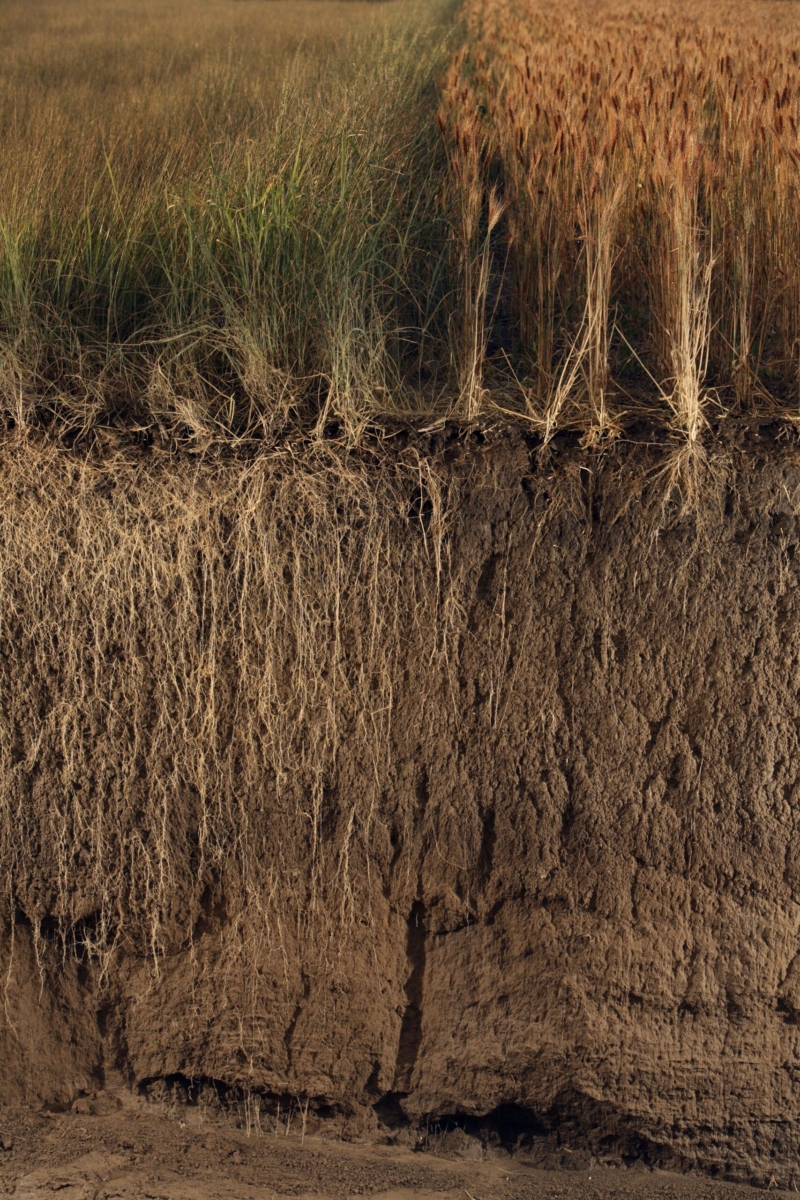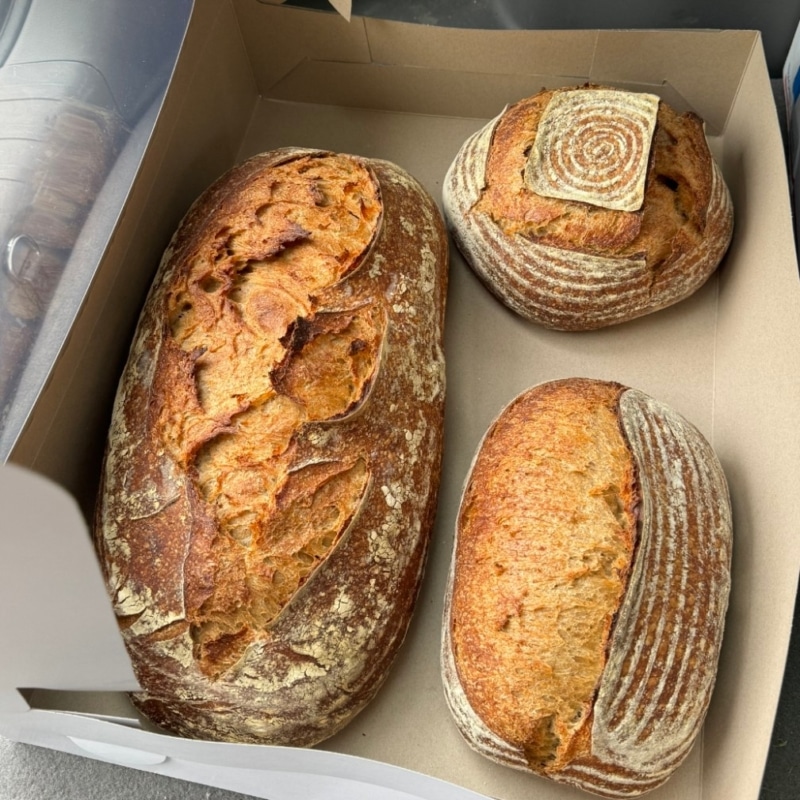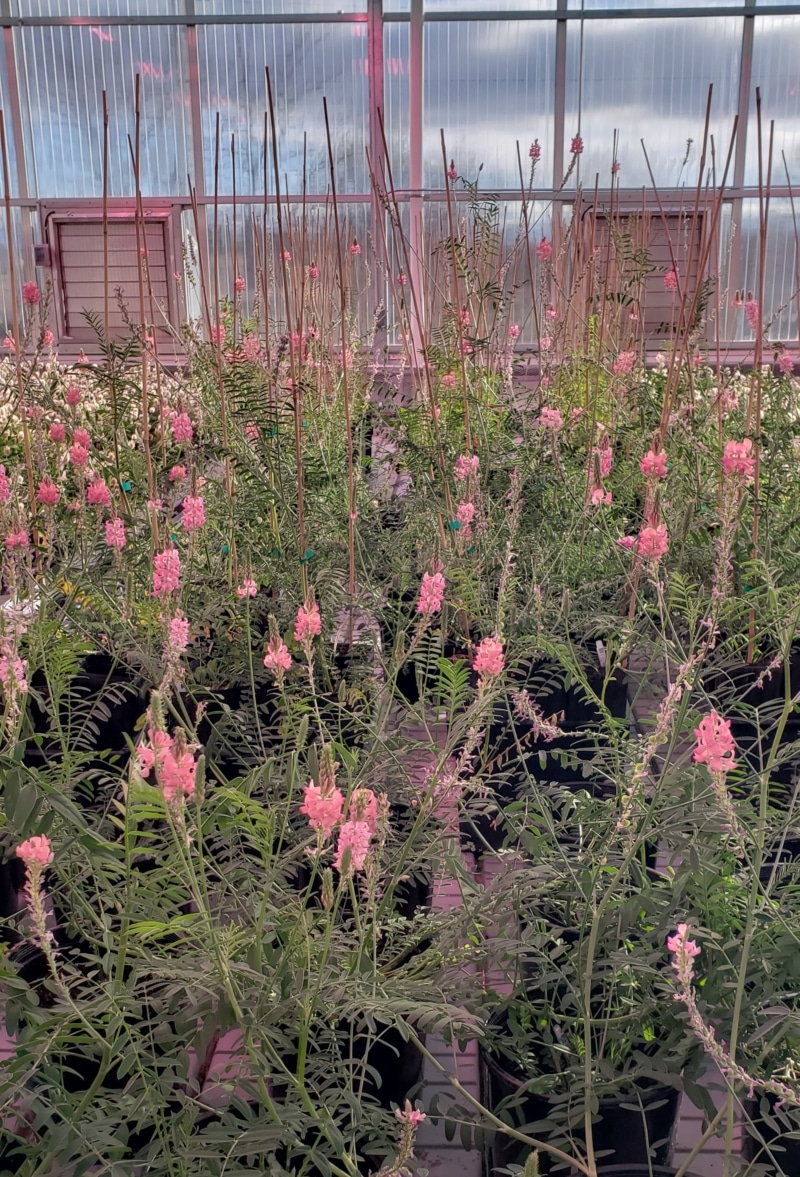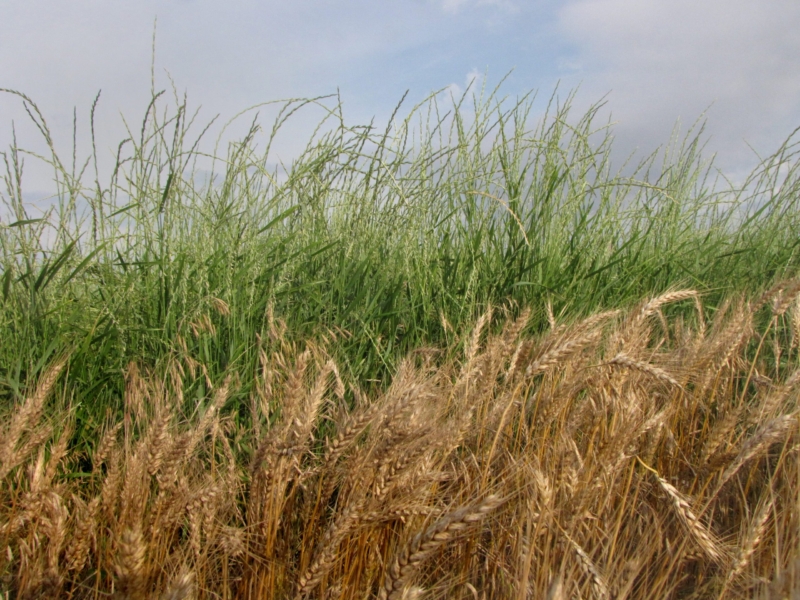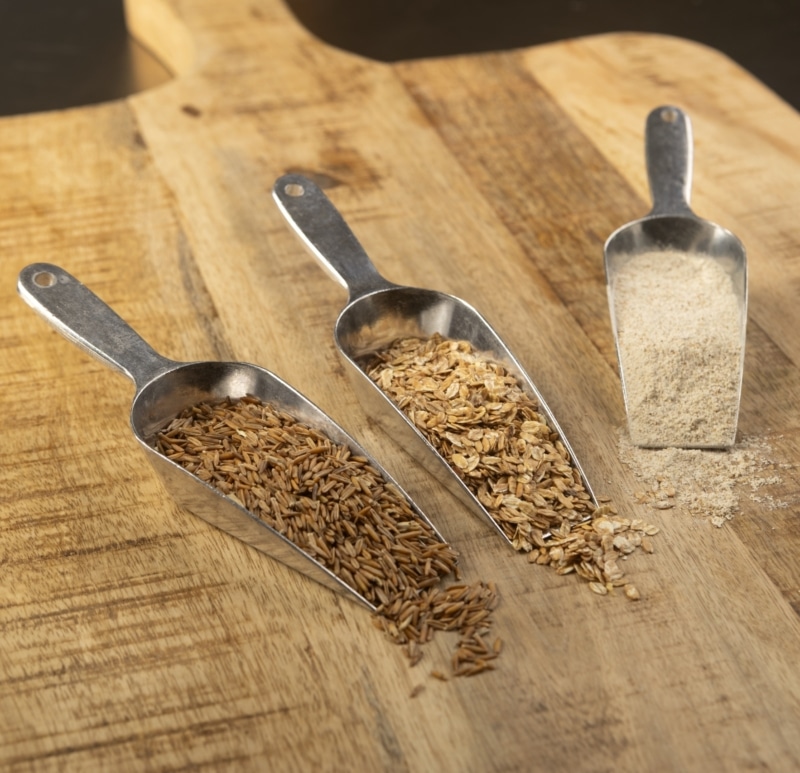Perennial grains—cereals, legumes, and oilseeds—represent a groundbreaking sustainable agriculture opportunity. These crops enhance soil structure, improve water retention, and contribute positively to climate adaptation, mitigation, and ecosystem health. By promoting biodiversity and supporting natural biological processes, perennial crops are paving the way toward a more resilient food production system.
Perennial agriculture isn’t new; it dates back thousands of years to when many food systems thrived on perennial species like fruit, nut, and oilseed trees and shrubs, and animal forages like diverse grasslands. In conjunction with modern breeding methods, we can explore an exciting wealth of wild and undomesticated species for research and interbreeding, led by local researchers, farmers, and community members in regionally adapted and culturally appropriate contexts. By harnessing these diverse genetic resources alongside commercially viable crops, we can create robust perennial varieties with the potential to deliver high yields.
Research on perennial crops has been progressing steadily for about three decades, and the momentum is building. We are witnessing the emergence of new crops like perennial rice, Kernza®, sorghum, barley, rye, quinoa, buckwheat, flax, lentil-like Baki™ bean, pigeon pea, and silflower, among many other varieties. The advances in plant breeding have been impressive; for instance, perennial rice is now achieving yields comparable to conventional annual rice varieties, and Kernza is in food and beverage products across the United States.
As we continue our journey to integrate these innovative perennial grains into global farming practices and market systems, we have an opportunity to balance our immediate and future food needs with the long-term health of our planet, paving the way for a more sustainable and secure food future.
